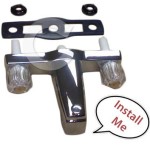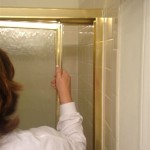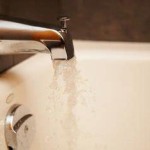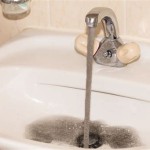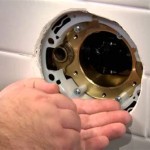Do All Bathtubs Have Overflow Drainage?
Overflow drainage is a crucial safety feature found in most bathtubs. It prevents water from overflowing and causing damage to your bathroom. But the question arises, are all bathtubs equipped with overflow drainage? The answer, surprisingly, is no. While most modern bathtubs do have overflow drainage, there are exceptions. Understanding the purpose, function, and exceptions regarding overflow drainage in bathtubs is essential for homeowners and anyone interested in plumbing and bathroom safety.
Purpose and Function of Overflow Drainage
The primary purpose of overflow drainage is to prevent water from overflowing the bathtub and flooding the bathroom. This is especially important in situations where someone might be incapacitated or unable to turn off the water, such as a young child bathing, an elderly person taking a bath, or a person experiencing a medical emergency. Overflow drainage acts as a safety mechanism, ensuring that the water level never exceeds a predetermined limit.
Overflow drainage is typically located on the side of the bathtub, usually near the top edge. It consists of a small opening connected to a drain pipe that carries excess water away from the tub. This drainage system prevents water from spilling over the rim of the tub and causing damage to the bathroom floor, walls, and even the building structure. It also eliminates the risk of slipping and falling due to a wet floor, significantly enhancing bathroom safety.
Types of Bathtubs Without Overflow Drainage
While most modern bathtubs have overflow drainage, some types of tubs are designed without it. These exceptions include:
1. Whirlpool Bathtubs: Whirlpool bathtubs are often designed without overflow drainage, as the powerful jets and the swirling water prevent the water level from rising excessively.
2. Freestanding Bathtubs: Some freestanding bathtubs, particularly those with minimalist designs, may lack overflow drainage. These tubs are often made of materials like acrylic or cast iron, which are more resistant to water damage compared to traditional tubs.
3. Very Shallow Bathtubs: Certain very shallow bathtubs, like those designed for children or for showering purposes, may not have overflow drainage. Their shallow depth limits the amount of water that can be filled, reducing the risk of overflow.
Importance of Overflow Drainage
Regardless of the type of bathtub, overflow drainage remains a significant safety feature. It provides peace of mind, knowing that a sudden influx of water or a malfunctioning faucet will not result in a flooded bathroom. In addition to its safety benefits, overflow drainage also helps to prevent damage to the bathtub itself. By preventing water from accumulating at the top of the tub, overflow drainage reduces the chances of warping, cracking, or other structural damage.
However, it's important to remember that even with overflow drainage, it's always advisable to be cautious when filling a bathtub. Always supervise young children and monitor the water level carefully to avoid any potential risks. Regular maintenance of the overflow drainage system is crucial, ensuring that it is clean and unobstructed to function effectively.

What Is A Bathtub Overflow Drain 2025 Guide With Examples And Photos Badeloft

What Is A Bathtub Overflow Drain Service Plus Plumbing

How Does A Bathtub Overflow Drain Work

Drain Overflow Assemblies Fine Homebuilding

Bathtub Drain System 2024 Guide Badeloft

What Is A Bathtub Overflow Drain 2025 Guide With Examples And Photos Badeloft

Bathtub Parts Everyone Should Know About Part Names 2024

Bath Waste Overflow Guide 101 Size Materials And Finish Hofen Drain
What Is The Purpose Of A Sink And Tub Overflow Drain Signature Hardware

Bathtub Drain Overflow Kit Hofen

